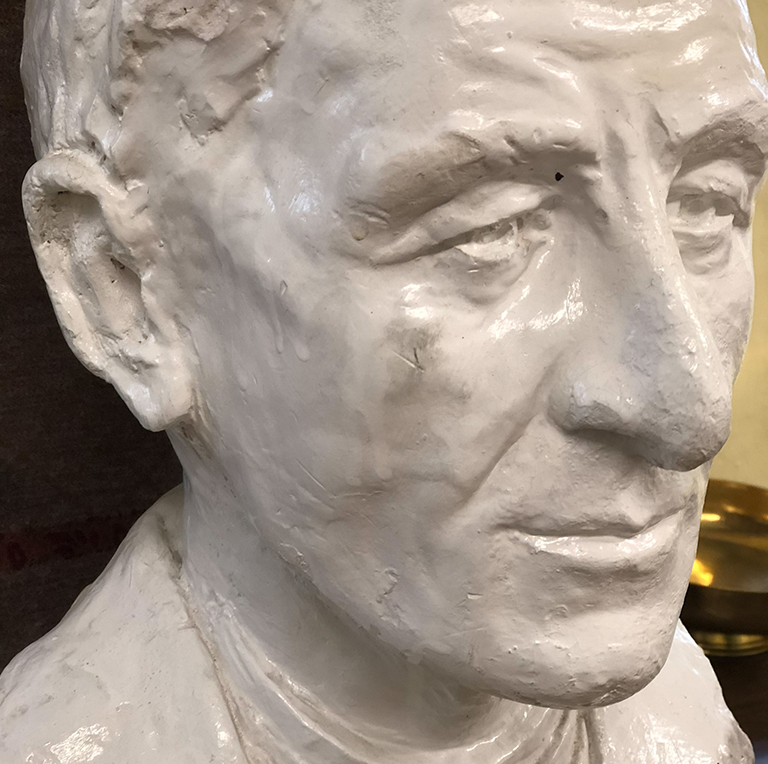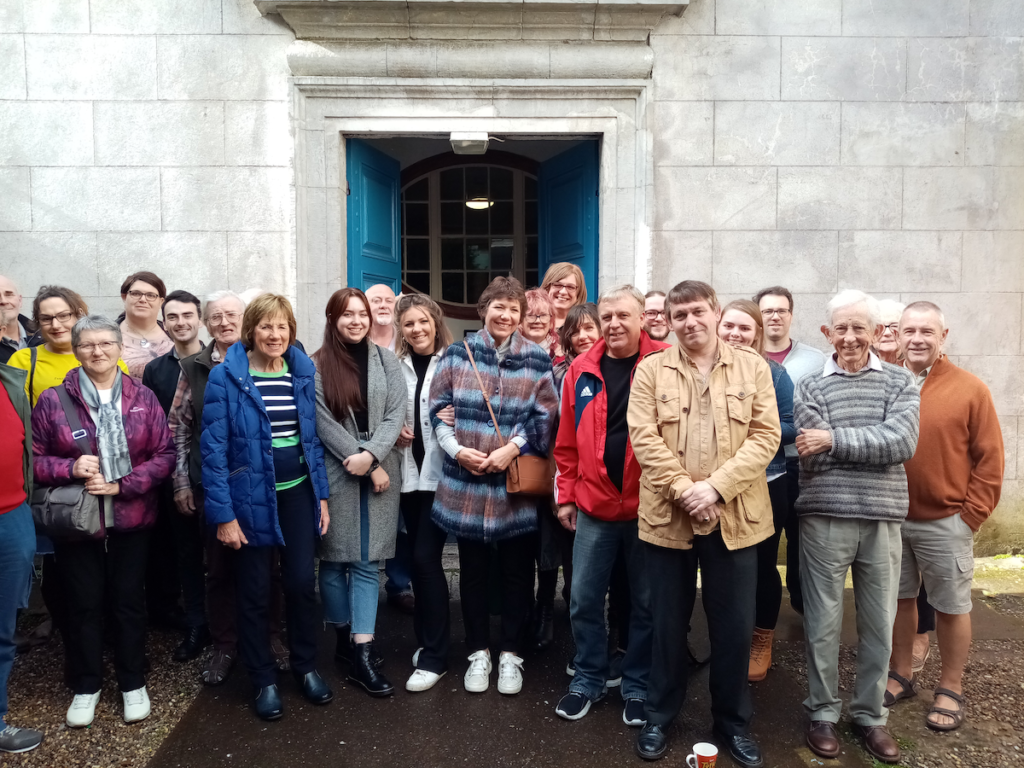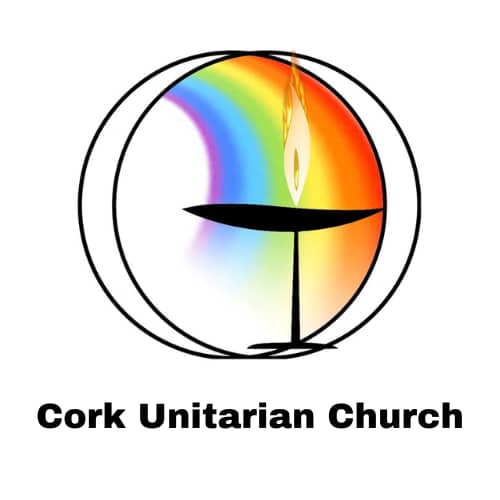
Longest Serving Minister: From 1913 to 1954
The Unitarian Church in Cork has a history that stretches back for more than three hundred years. Building work on what became the Unitarian Church began around 1711 in an area then called Dunscombe’s Marsh, outside the city walls. It was built as a dissenting Presbyterian meeting house to replace a smaller church in Watergate Lane (present day South Main Street) that the congregation had outgrown. The building was originally called the Presbyterian Meetinghouse. Since 1717 the congregation has met in the Church on Princes Street. Unitarianism was not a recognised religious movement in Ireland until into the 19th century and the term Unitarian did not appear on the church’s signage until 2004.
The buildings to either side of the church were the minister’s manse and a school. Like all dissenting churches or chapels, the interior design was simple. The church has no steeple. It lacks the ornate design associated with contemporary Roman Catholic and Anglican of the same period. The church was designed for the congregation to hear the minister, in the era before microphones and speakers. The church included a balcony, which ran three sides of the building. It could seat up to 800 people.
Many distinguished people have worshipped there over the years, including Thomas Dix Hincks, the congregation’s sole minister from 1792 to 1815. Hincks also established the Royal Cork Institution in 1803 to promote education, science, agriculture, and industry. It led to the establishment of the Opera House, Crawford Gallery, UCC, and CIT. His son, Thomas, ministered from 1815 to 1818, before becoming the first professor of natural history at University College, Toronto, and president of the Canadian Institute.
Throughout the 1800s, members of the Cork congregation were active in many social and political movements, including the anti-slavery movement, the Anti-Tithe Association, and the Young Irelanders. The Temperance campaigner, Father Theobald Mathew, OFM-Cap, signed his famous Temperance Agreement in the Unitarian Church in 1839.
Another prominent congregation member was the activist, Richard Dowden. Dowden supported Daniel O’Connell and Catholic emancipation. While serving as lord mayor in 1845, his work on the anti-slavery movement led to a visit to the city by leading abolitionist and US social campaigner Frederick Douglass. Artist Daniel Maclise and the father of modern computer science, George Boole, also worshipped there.
Our longest serving minister was Rev William Alfred Weatherall. Weatherall was educated at Queens University in Belfast. In 1913 he took up his appointment as minister of this church, a position he held until his retirement in 1954. Soon after his appointment, he took a year- long sabbatical to serve with the YMCA on the Western front during World War 1. He was minister during the famous burning of Patrick Street in 1921. Although the church miraculously escaped any damage, he himself was attacked in his home. He confronted his attacker and tied him up with the cord of his dressing gown until the police arrived. Rev William was a much-loved minister and for most of his time as the minister, he took two services every Sunday. He had the honour of being appointed Moderator of the Non Subscribing Presbyterian Church of Ireland in 1945. Following his retirement from ministry in 1954, he moved to Portadown, where he died two years later. He is buried in our denomination’s church in Moira Co.Down.
In recent years the church has hosted plays and concerts and has been venue for the Cork festival and for Culture Night. In 2017 the church celebrated its tri-centenary, and has undergone some repairs for this celebration. On January 26, 2017 President Michael D. Higgins visited the church to mark its tercentenary year. On 24 February 2017 Rev Mike O’Sullivan was ordained and installed as minister of the church. He became the first Cork minister in almost 200 years. Following his appointment restoration began on the building. The entrance, main hall and South Chapel are now restored.
Our church community cherishes our connections with our past. Pictured below is Dianna Menzies (in blue jacket) along with her daughter and two granddaughters posing with some members of the congregation in front of the church. Dianna is the granddaughter of Rev. Weatherall. She speaks with fondness of being in the church with him as he wrote his services.

